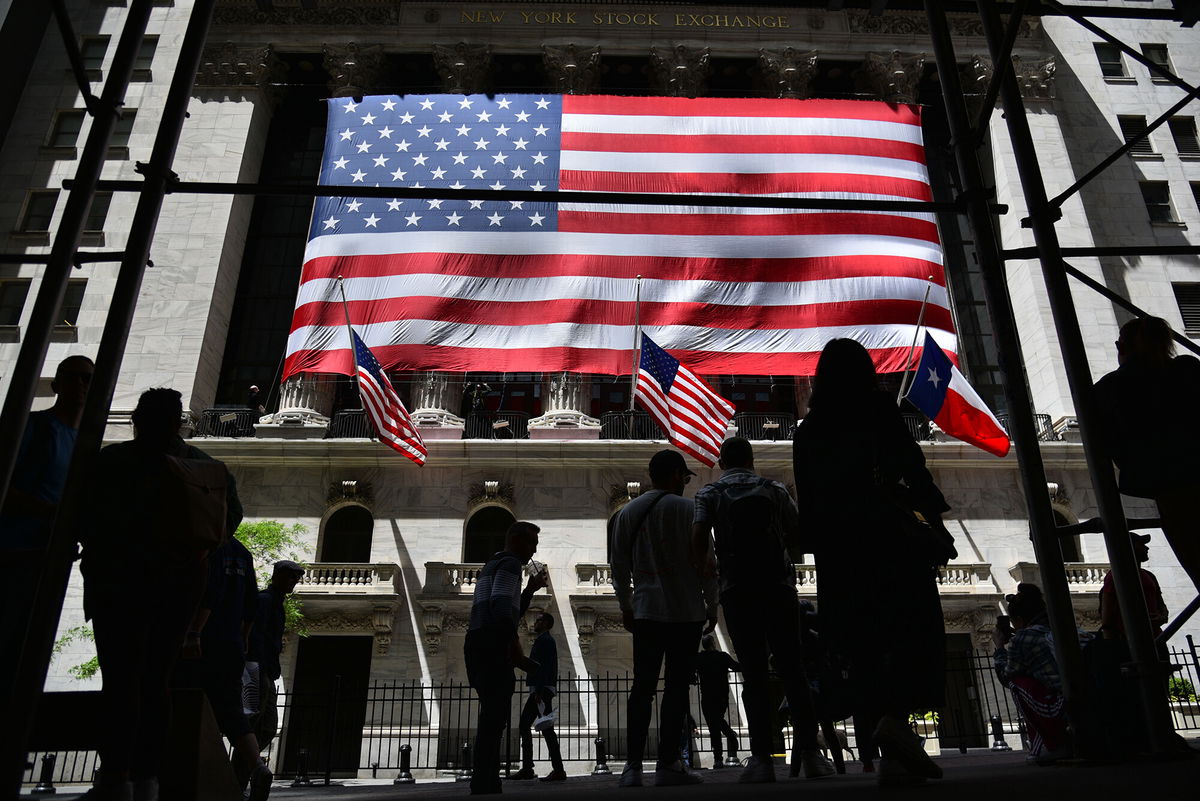Stocks close their worst first half in 52 years, here’s what you need to know

The S&P 500 is preparing to wrap up its worst first half in more than 60 years. The last time the index
By Nicole Goodkind, CNN Business
The S&P 500 has posted its worst first half in more than 50 years, dropping 20.6% during the first 6 months of 2022.
Stocks closed down on Thursday as Wall Street said goodbye to a dismal second quarter and first half of the year.
All three major indexes ended the month and quarter in the red.
The S&P 500 printed its worst half-year since 1970, the Dow had its largest first-half drop since 1962 and the Nasdaq had its largest percentage drop ever. This is the second straight quarter of declines for the three indexes.
Markets this year have been roiled by a number of unfriendly headwinds: Russia’s war in Ukraine, Covid-19 lockdowns in China, surging inflation and aggressive rate hikes by the Federal Reserve. All of these factors have fueled investor fears of a recession, causing a rush to the exits.
The S&P 500 has lost $8.2 trillion in total dollars since the start of the year and suffered its worst June since 2008 and worst quarter since 1970, with all 11 sectors in the red, according to Howard Silverblatt, senior index analyst at S&P Dow Jones Indices.
In short, things are looking dire. But that doesn’t mean they’ll stay that way.
Correlation and causation
The good news is that after a bad performance, the market has always gone back up … eventually.
There’s also very little correlation between the S&P 500’s first and second half of the year performance, at least historically. The S&P 500 lost 21% in the first six months of 1970, but rebounded to gain 27% in the second half, according to data from the S&P Dow Jones Indices.
The bad news is that when markets fall this significantly, the following quarter isn’t always great. During the last three worst starts for the year, with declines of 5% or more, the S&P 500 fell in Q3 by an additional 6.8%, 2.2%, and 2.1% respectively, said Sam Stovall, chief investment strategist at CFRA Research.
Beating the bear
But timing matters, Stovall added. It took only 161 calendar days for the market to to fall from its peak on January 3 to the current bear market. That’s much quicker than the typical 245 day average time frame.
And a fast bear isn’t typically as big and scary as a slow, hulking one. In the past, markets that took less than 245 days to go from peak to bear, measured by a 20% decline threshold, posted losses of less than 27%. Those that take longer to drop post losses of 33%.
US stocks typically do well after entering bear markets, at least in the long-run. Stocks were up an average of nearly 15% one year after hitting bear territory, with an even better median gain of 23.8%, according to data from Ryan Detrick, chief market strategist for LPL Financial.
It’s not uncommon for stocks to stage quick recoveries from bear market lows, Detrick said. The average bear market takes about 19 months to regain all of its losses, but when the S&P 500 falls less than 25%, recoveries take an average of just seven months. Recently, the bounce back has been even faster: the last three bear markets took only four to five months to recover losses.
Feeling presidential
Presidential cycles also have a historical impact on markets, Stovall said. And that’s good news for today’s investors.
According to a CFRA analysis from 1944 to today, the average S&P 500 return during the second and third quarters of a president’s second year in office is negative, but markets rebound by Q4, with an average increase of 6.4%.
Year three of a president’s term is by far the best performing, on average, with S&P 500 growth jumping by about 16%.
So here’s to a very green 2023!
The-CNN-Wire
™ & © 2022 Cable News Network, Inc., a WarnerMedia Company. All rights reserved.